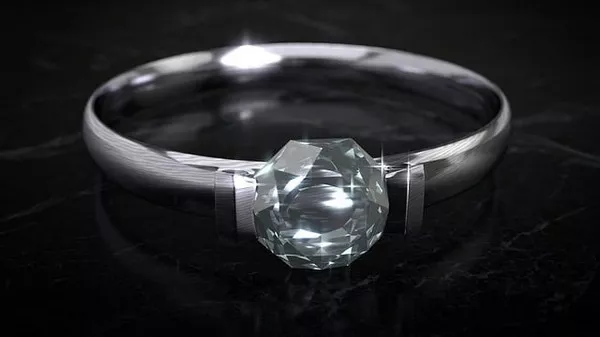How can you tell if an item is made of real silver? This question often arises when evaluating jewelry, antiques, or other metallic objects. Authenticating silver requires a combination of visual inspection, testing methods, and understanding hallmarking. Let’s delve into these techniques to help you confidently identify genuine silver items.
Visual Inspection: What Should You Look For?
When examining a piece for silver authenticity, what visual cues should you seek? Start by inspecting the item’s surface. Real silver typically has a lustrous appearance with a distinct shine. It’s important to note that silver is prone to tarnishing, so a slightly dull surface doesn’t necessarily indicate a fake. However, if the item is overly shiny or lacks any signs of tarnish, it might be a red flag.
Next, scrutinize the markings or stamps on the item. Authentic silver items are often marked to indicate their purity. Look for stamps like “925,” “Sterling,” or “.925,” which signify sterling silver (92.5% pure silver). Hallmarks can also reveal the maker’s mark or the country of origin. A reputable silversmith or manufacturer’s mark adds to the item’s credibility. Additionally, examine the item’s construction. High-quality silver pieces are usually well-crafted with fine details and solid weight. Poor craftsmanship or flimsy construction can hint at a counterfeit.
Testing Methods: How Can You Test Silver at Home?
Are there reliable tests you can conduct at home to verify silver? One common method is the magnet test. Silver is not magnetic, so if a magnet sticks to your item, it’s likely not silver. However, keep in mind that this test alone isn’t conclusive, as some counterfeiters use non-magnetic metals that resemble silver.
Another DIY test involves conducting a nitric acid test on an inconspicuous part of the item. Silver resists nitric acid, so a drop of diluted acid on the surface should result in little to no reaction if the item is genuine. However, this test can damage the item and should be done cautiously.
For a non-invasive approach, consider using a silver testing solution. These solutions contain chemicals that react differently based on the metal’s composition. By applying a drop of the solution to a discreet area, you can observe the color change to confirm the presence of silver. Remember to follow safety precautions and test in a well-ventilated area.
Understanding Hallmarking: What Do Silver Marks Mean?
How can hallmarking help identify genuine silver? Hallmarks are stamps or markings on silver items that indicate important information about their composition and origin. In the United States, sterling silver is often marked with “925” or “Sterling.” This signifies that the piece is 92.5% pure silver, with the remaining 7.5% typically composed of copper or other metals for added strength.
In addition to purity marks, hallmarks may include a maker’s mark or a manufacturer’s symbol. Researching these marks can provide valuable insights into the item’s history and authenticity. For instance, renowned silver manufacturers have distinct hallmarks that collectors recognize. Hallmarks can also reveal the country of origin and the date of production, further aiding in authentication.
Professional Appraisal: When Should You Seek Expert Opinion?
When is it advisable to consult a professional appraiser or jeweler? If you’re uncertain about an item’s authenticity after conducting visual inspections and basic tests, it’s prudent to seek expert opinion. Professional appraisers have specialized knowledge and tools to accurately assess silver items.
A qualified appraiser can perform advanced tests like X-ray fluorescence (XRF) analysis to determine the precise composition of the metal. This method is non-destructive and provides detailed information about the item’s purity. Additionally, appraisers can verify hallmarks and identify subtle signs of craftsmanship that may elude untrained eyes.
See Also What Is Symbol For Silver? All You Need to Know
In conclusion, identifying genuine silver requires a combination of visual inspection, testing methods, and understanding hallmarking. By familiarizing yourself with these techniques, you can confidently assess silver items and distinguish between authentic pieces and counterfeits. When in doubt, consulting a professional appraiser ensures accurate authentication and preserves the integrity of your collection.


